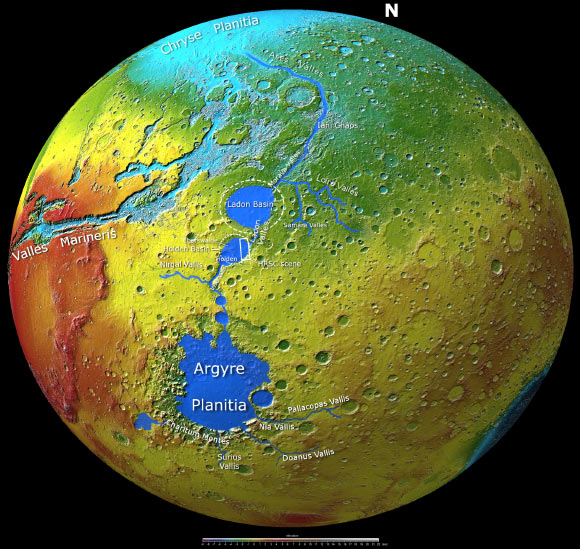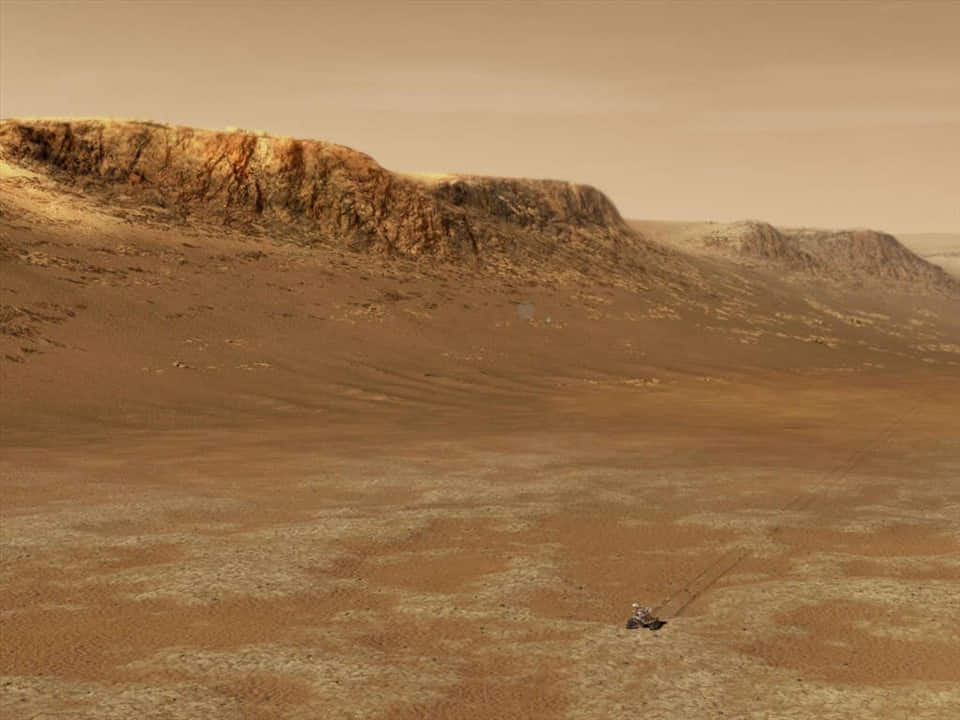A vast river delta, once no different from existing river deltas on Earth and possibly filled with alien fossils, has been identified by the Mars Express.
Mars Express – a Mars surveyor for the European Space Agency (ESA) – has sent back to Earth high-resolution images of the Holden Basin, where billions of years ago there may have been swarms of Alien creatures reside on the banks or under meandering rivers.

According to Sci-News, the Holden Basin is part of an 8,000 km long river system with many valleys and depressions, which once helped transport water from the southern Argyre Planitia region of Mars to the lower-lying Chryse Planitia region in the south. North.
The complex history of this intricate system of rivers makes it an interesting target for tracking down traces of ancient aliens, according to the Mars Express operations team.

A few billion years ago, the impact that caused the giant Holden impact crater also created this flow system, called Uzboi-Ladon-Morava, which moved crisscrossed across a portion of the Martian surface, gradually forming a The complex terrain includes the Uzboi Valley and Holden Basin.
Water from this system eventually drains north through the Morava Valles region. The famous Martian river Ares Vallis, on which the first mobile robot Sojorner landed 25 years ago, may also be part of this flow system.

Now, detailed images showing topography and other geological data have led scientists to identify the Holden Basin, which is covered with phyllosilicate-bearing sediments, as one of the most worthy of study across the entire river system.
Phyllosilicate is a common mineral on Earth, often found in clay. It serves as a reaction center for organic molecules, the factory that creates living organisms on Earth.

ESA scientists will send more instruments to target this area in the future, hoping to find tangible evidence of creatures that existed on Mars several billion years ago.





